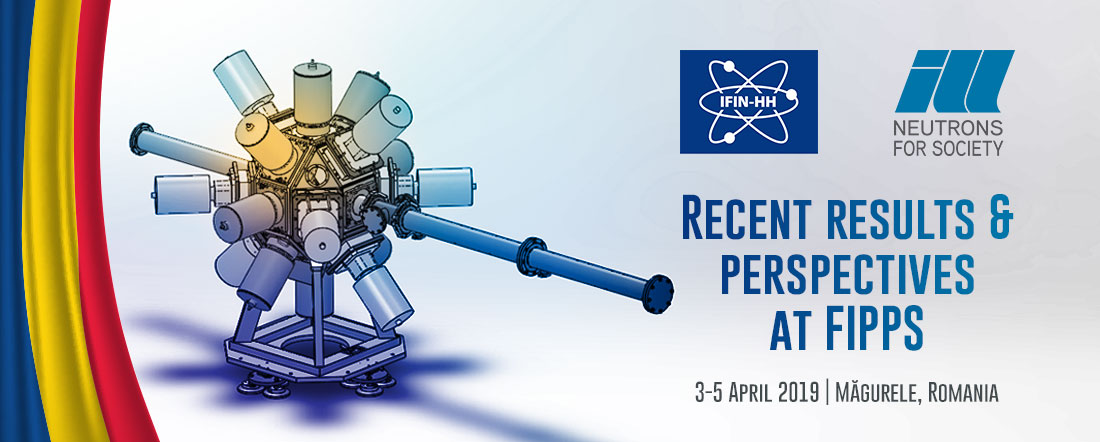Speaker
Description
After the successful observation of an isovector octupole state in $\mathrm{^{144}Nd}$ in the EXILL campain 2013 [1], we performed at FIPPS (phase 1) a coincident $\mathrm{^{145}Nd}(n,\gamma\gamma)$ experiment to study the level structure of $\mathrm{^{146}Nd}$. The $\mathrm{^{145}Nd}(n,\gamma\gamma)$ is well suited to search for isovector octupole states because the neutron capture state of $\mathrm{^{146}Nd}$ has a spin parity $\mathrm{J^{\pi}}$ = $\mathrm{3^-}$ or $\mathrm{4^-}$ and can depopulate via M1 transitions to an isovector octupole state. Two $\mathrm{3^-}$ states are candidates for an isovector octupole state in this nucleus. The transition from an isovector octupole state to the first $\mathrm{3^-}$ is the main fingerprint for such states and for these candidates has not been observed so far [2].
In the offline analysis of the FIPPS data, we saw that in 75% of the neodymium data the declaration of the timestamp worked incorrectly. We have observed random jumps in the timestamps and unreliable lengths of the measurement period in the detectors with the ADC channels 1 to 6. We did not observe this behavior for the detectors with ADC channels 0 and 7 and for all detectors in the data from the energy and efficiency calibration runs. We have recently solved this problem and can restart an analysis with now more than 99% of the data.
In the 25%-dataset we checked our results with earlier measurements and improved the known level structure of $\mathrm{^{146}Nd}$ by adding new 55 transitions and at least two new states [3]. The determination of the searched-for transitions is more difficult than expected and part of the current analysis. For one candidat the desired transition is hidden in the Compton background, for the other candidat the desired transition is located between other strong transitions.
[1] M. Thürauf et al., Phys. Rev. C99, 011304(R) (2019)
[2] https://www.nndc.bnl.gov/ensdf/
[3] M. von Tresckow, Erste koinzidente spektroskopische Analyse von $\mathrm{^{146}Nd}$ aus (n,$\gamma\gamma$)-Messdaten vom neuen Messaufbau FIPPS (Phase 1), B.Sc thesis, TU Darmstadt (2017)

